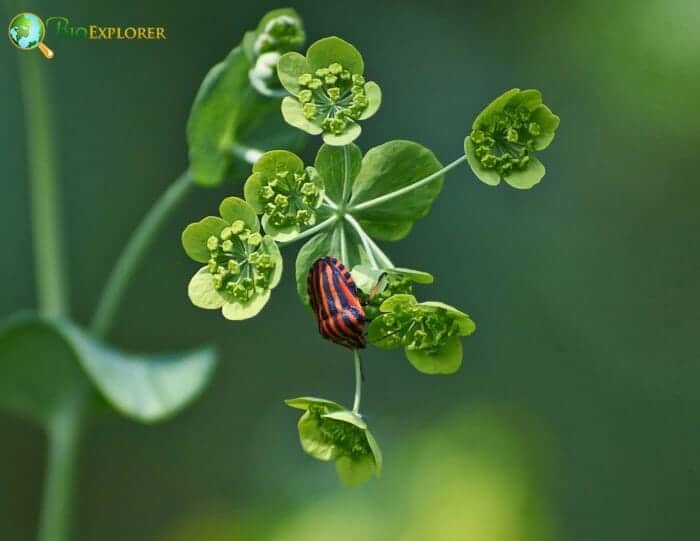
A well-known flowering plant native to southern Europe and central Asia, Bupleurum is a short-lived perennial or annual herbaceous plant closely related to dill, Fennel, and other umbel-forming plants.

In ancient Europe and China, the buplerum was popular in herbal medicine and was used to treat various digestive problems, respiratory infections, and other illnesses.

Today, it’s used primarily for ornamental purposes and is widely used in bridal bouquets and seasonal arrangements. The genus belongs to the Apiaceae family and includes about 200 species of plants[1].

The most notable feature of the plant is its leafy foliage, which means that its leaves (about 2.5 to 5 cm) completely surround the stem.

Also, the leaves are usually greenish-blue in color. This perfoliate feature explains the common name thorow wax or thoroughwax. Its branching stems can reach 45 to 91 cm and have small yellow florets contained in greenish-yellow bracts.
This structural characteristic offers excellent texture and volume, making Bupleurum a valued filler flower with flower designers. With its wide flower stalks and bright, cheery green shade, Bupleurum adds interest and charm to any floral design regardless of the season.










